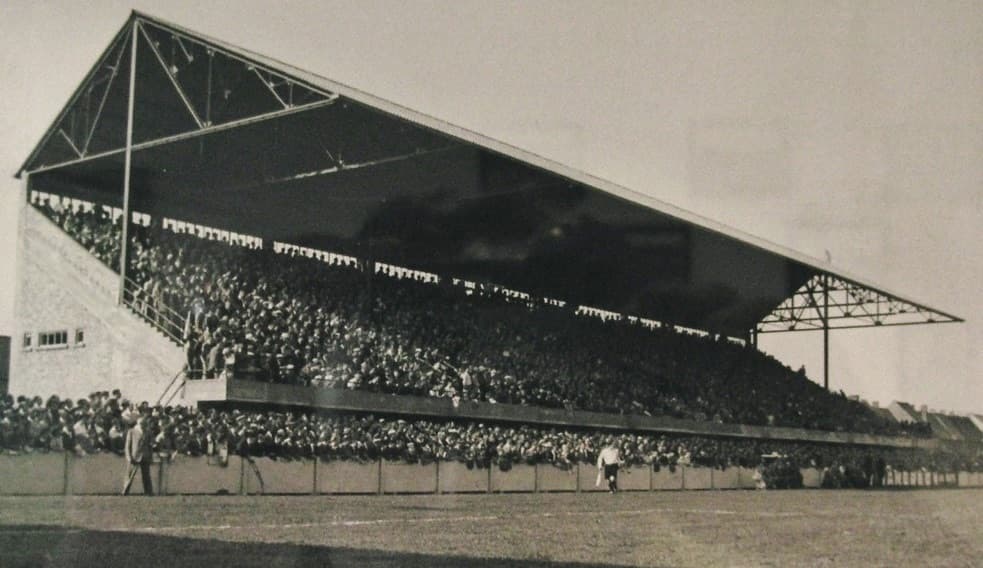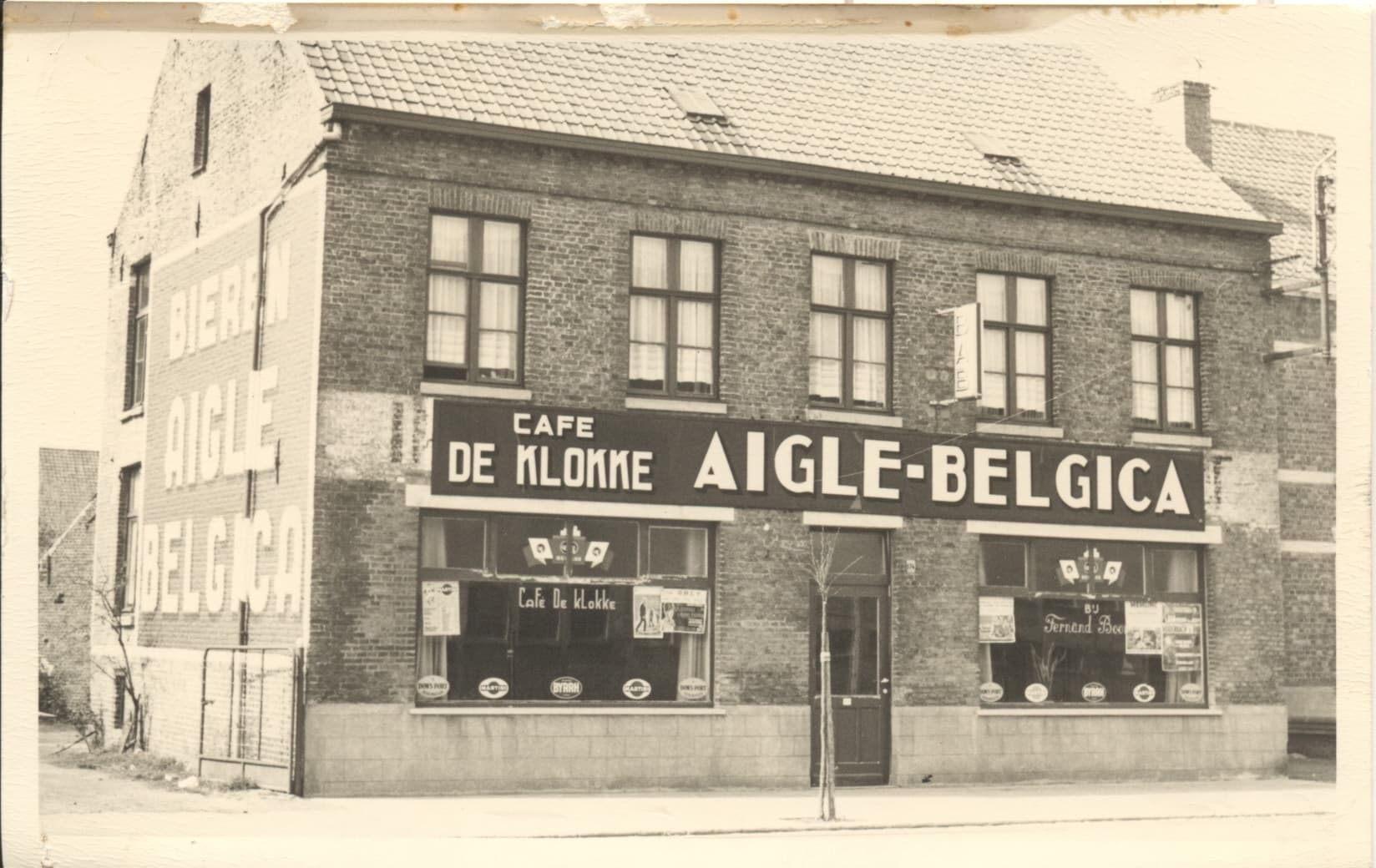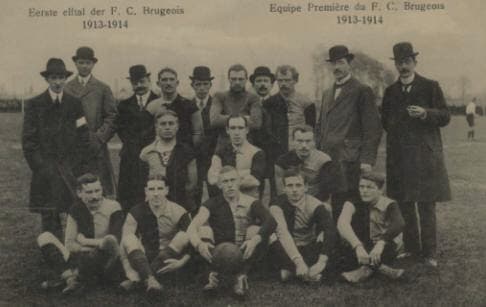Title playoff and rivalry with Cercle
1910 - 1914
In 1912, Club moves from the Rattenplein to De Klokke. It will remain the home ground until 1975, when the club moves to the Olympiastadion in the summer of that year.

During the 1909-1910 season, Union, Cercle, and Club compete for the title. On June 12, 1910, a playoff match is held between Union and Club Brugge at the field of La Gantoise. Club misses star player Charles Cambier, who suffered a broken leg a month earlier in a match against Union. Club loses the playoff 0-1, due to an own goal by Oscar Verbeeck.
The following season brings a fierce battle with city rival Cercle. The decision comes only on March 26, 1911, on the final matchday in a direct duel between Club and Cercle. Club must win to take the title. The match ends 1-1, and the late equalizer by Club player Alfred Delafontaine is not enough. Once again, Club finishes as runner-up.
1910-11
Charles Cambier's heroic return
During the summer of 1910, Charles Cambier returns home after his broken leg. He had spent two and a half months in a Brussels hospital. His triumphant journey begins at the Brussels train station, where he is seen off by supporters and two representatives of Léopold Club. A crowd awaits their hero in Bruges. He is taken in an open carriage to the Hotel du Sablon for a banquet with more than a hundred guests.
On June 5, 1920, De Klokke was purchased for 40,000 francs.
1912
Move to De Klokke
In 1912, the 'Rattenplein' was repurposed. Club moved to ‘De Klokke’ along the Torhoutse Steenweg, directly opposite the horse registry, the café that later shared the name ‘De Klokke’ with the football field. The annual rent was 1,760 Belgian francs for a term of nine years. Eight years later, on June 5, 1920, ‘De Klokke’ was purchased for 40,000 Belgian francs. This was done by three financiers: Alphonse Demeulemeester (20,000 Belgian francs), Prosper De Cloedt, and Albert Dyserynck (each 10,000 Belgian francs). Dyserynck later bought out his two co-owners and became chairman of FCB. After his sudden death in a car accident in 1931, Club inherited ‘De Klokke’ in full ownership.
During the First World War, ‘De Klokke’ was requisitioned by the German occupiers. An unconfirmed rumor circulated for a long time that chairman-owner Dyserynck received a large sum in war damages after the war, which made it easy for him to donate ‘De Klokke’ to Club. After his death in 1931, the stadium was renamed ‘Albert Dyserynckstadion’ and a bust of Dyserynck was placed next to the main stand.
Later, the bust moved to the Jan Breydelstadion, where it can still be seen today.


